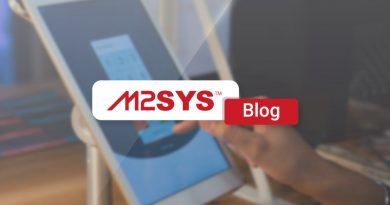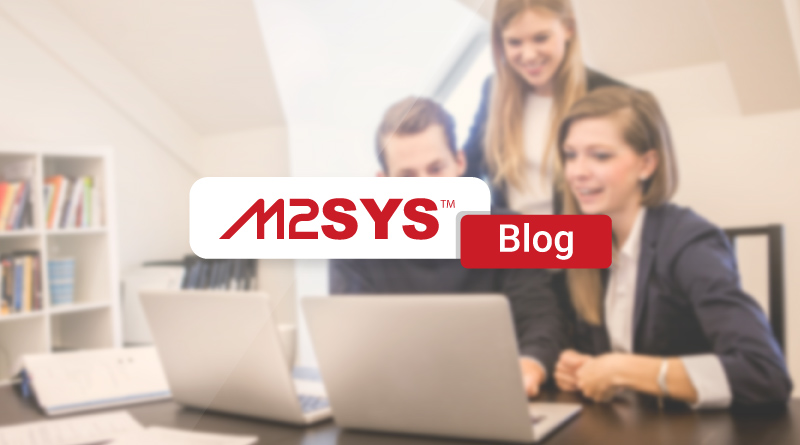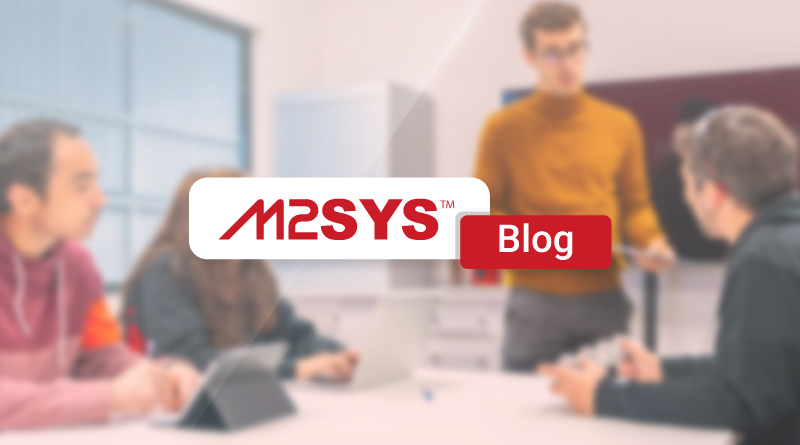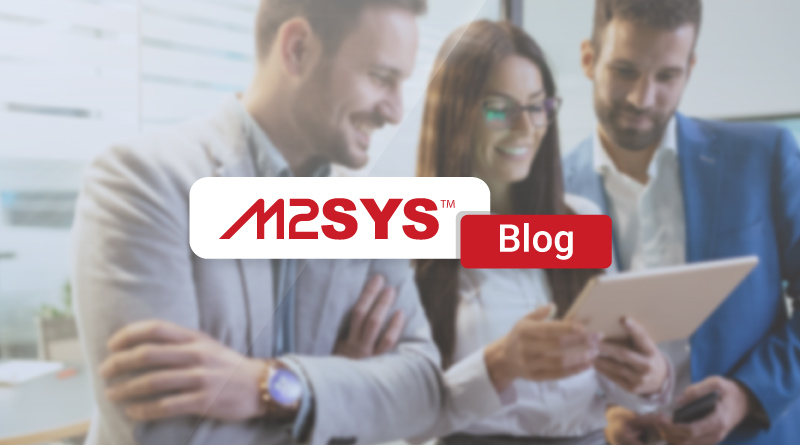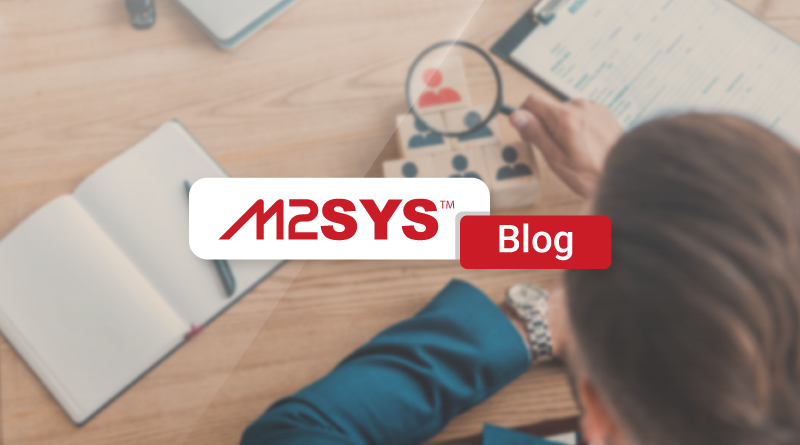Data Leakage of Homeworkers: How to Reduce Risks
In modern days, working remotely is no longer uncommon. Most companies have adapted to this “new normal,” a move that has seen over 1.5 billion employees working from home. While this setting may have countless advantages, it can be disastrous to data security.
One of the ways of protecting your data from security breaches is installing an effective endpoint cybersecurity solution. To get the best cybersecurity solution, you need to make comparisons of known antivirus programs. For instance, you can read to learn; is McAfee better than Avast? This gives you a vivid picture of what security solution to go for.
What’s The Hype With Virtual Work Settings
Deriving from the data given by the recent analysis of American Community Service, about 43% of employees in the US work remotely with a certain level of frequency. And also, there was a growth of 173% regular remote work arrangements made since 2005. Some of the reasons why organizations are embracing this set up are:
⦁ To minimize carbon footprint;
⦁ To enhance corporate efficiencies;
⦁ To provide employees a better balance of work and private life;
⦁ Disease pandemics.
Common Security Issues Relate to Remote
The concept of working from home comes with data security challenges. Companies face plenty of unknowns when managing data to-and-from the remote workforce.
⦁ Unprotected home WiFi networks
To begin with, home WiFi networks used by remote workers may not be very secure. They can easily be compromised, compared to enterprise-grade office equipmeee better than Avast?nt. This makes working from home very unsafe for business. The company can quickly lose its corporate and customer data to fraudsters. Fortunately, this can be prevented.
⦁ Ineffective corporate VPNs
Developers came up with corporate VPNs to aid in data protection, but the VPN’s are not robust enough to sustain the ever-growing remote workforce. With a large number of employees overloading a network, it’s creating a productivity bottleneck. This also is complicating data protection.
⦁ Phishing vulnerabilities
Since remote work involves less to zero in-person communications, workers increase the use of phone calls and emails. On the one hand, it is a necessity within the improvement of the engagement and feedback. On the other hand, Using these mediums of communication to pass sensitive company information and client’s data attracts cyber-attacks through phishing malware.
Managing Remote Work Data
When managing with a remote workforce, a company should take into account:
⦁ How its workers are accessing company data;
⦁ How they are working;
⦁ The type of tools they are using;
⦁ How they are handling and creating the content, especially if it’s the company’s intellectual property, etc.
It’s easy for employees to get carried away when they are using a home office. They can ignore precautions, e.g., using a corporate email for business stuff. Rather, they can end up sending work files via personal email addresses to immediately finish their work. This puts corporate information at significant risk.
Measures to Ensure Data Security
Introduce worker security policies
Companies should come up with worker security policies to make remote workers understand what’s required of them. It’s not wise to assume that they already know what they should or shouldn’t do. Even workers with good intentions may fail to know what they have to do to protect their sensitive personal information and the corporate’s data.
Employees working remotely have to understand the risks involved when handling emails, opening unique websites on a computer with administrative rights, and sharing company information to third-parties, whether they are friends, family, or strangers.
Eliminate workflow roadblocks
Workflow roadblocks have to be avoided through proactive planning. Most companies may have unnecessary roadblocks in their workflow, especially if they didn’t configure their remote access systems.
This may occur with firewalls, identity and access management systems, and data loss prevention systems. Workflow roadblocks are the ones that promote shortcuts when workers have to use other tools not provided by the company to make work go faster.
Use effective endpoint cybersecurity solutions
To prevent cyberattacks aimed at stealing company data, each endpoint device should have a cybersecurity program installed. These come with special tools that detect malware in real-time. As a result, remote workers’ endpoint devices may not provide hackers loopholes to infiltrate the company’s networks to steal data.
Use of monitoring tools
There are monitoring tools that allow companies to manage remote workers. A company can take advantage of these tools to micro-manage work and ensure that all necessary protocols are observed.
Bottom line
Working from home is doable and useful as long as the company pays attention to data security. The organization should have sound policies, practices, and tools to be better protected. It’s also imperative to have a competent IT team that can easily manage remote worker networks and computer devices. When this is done, and the worker is well-informed of the roles they should play in protecting the company’s information, there are minimal data leakage chances.




